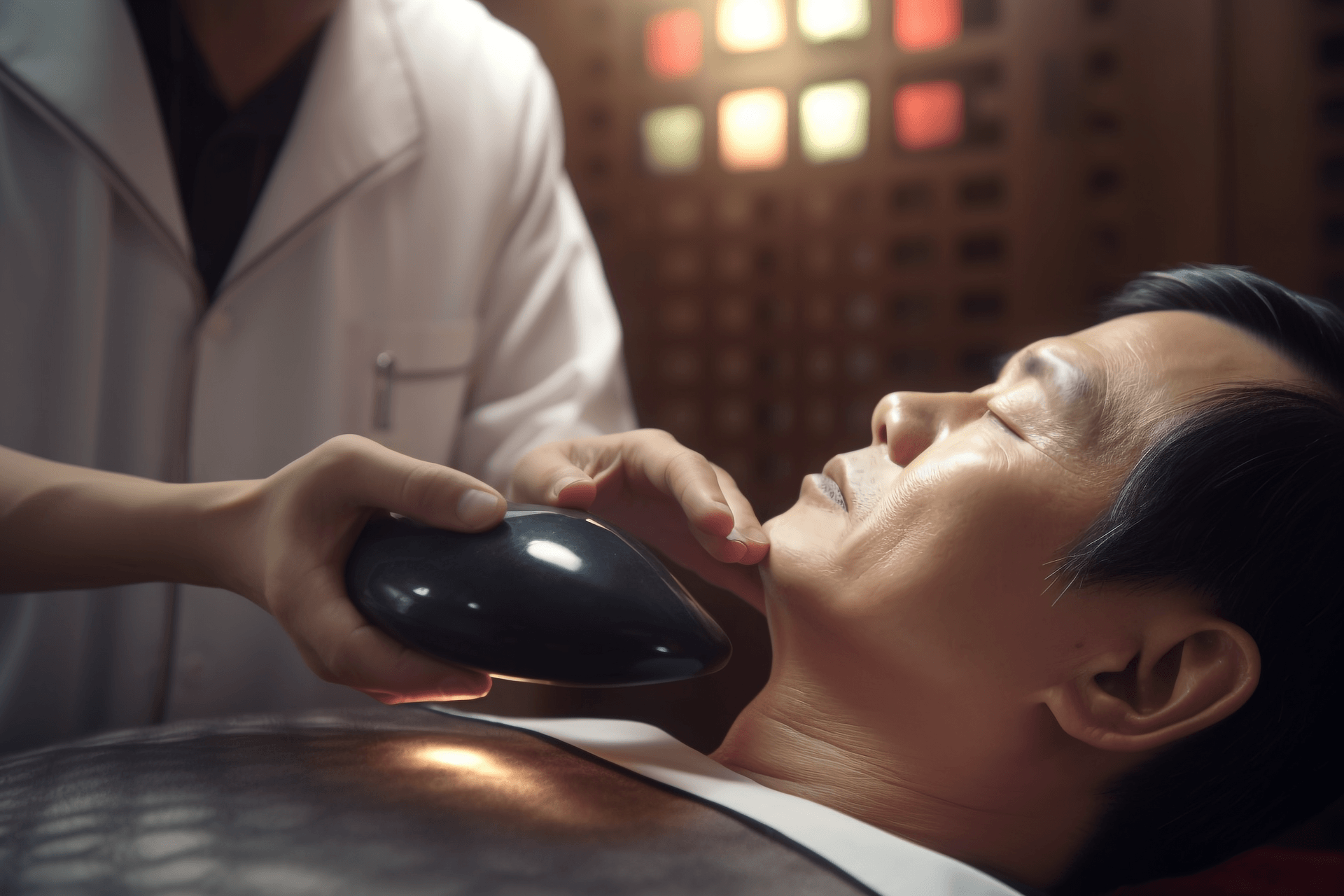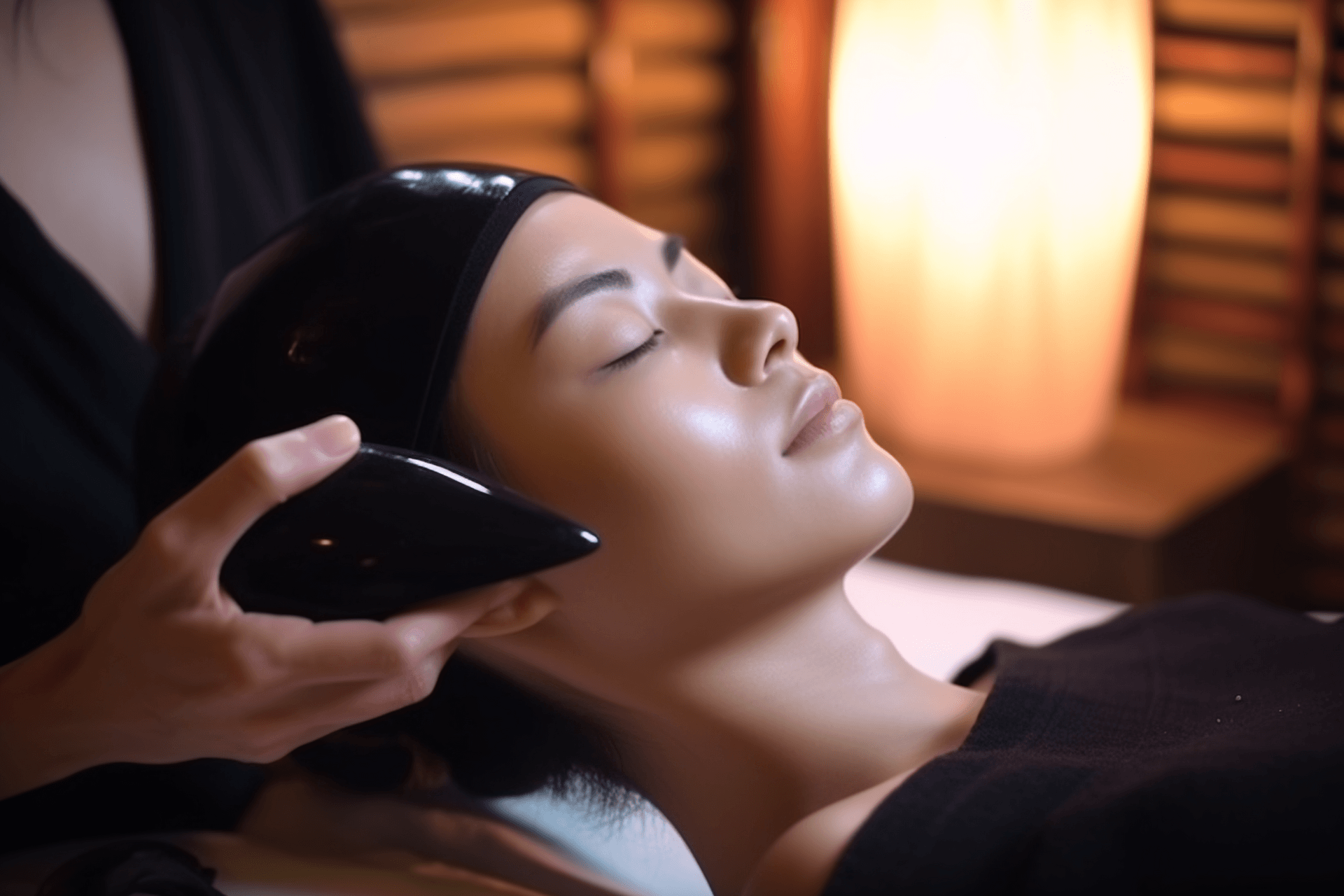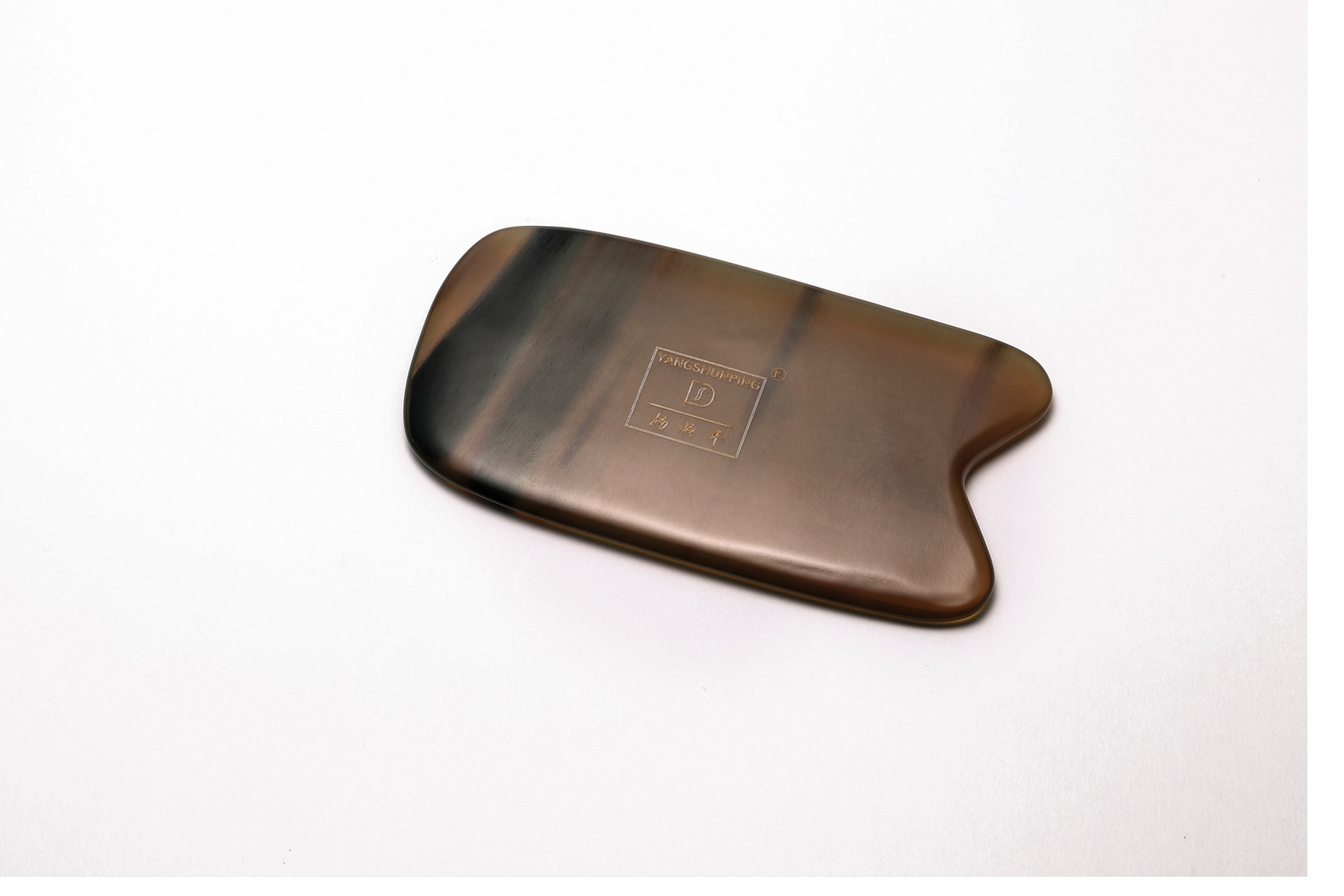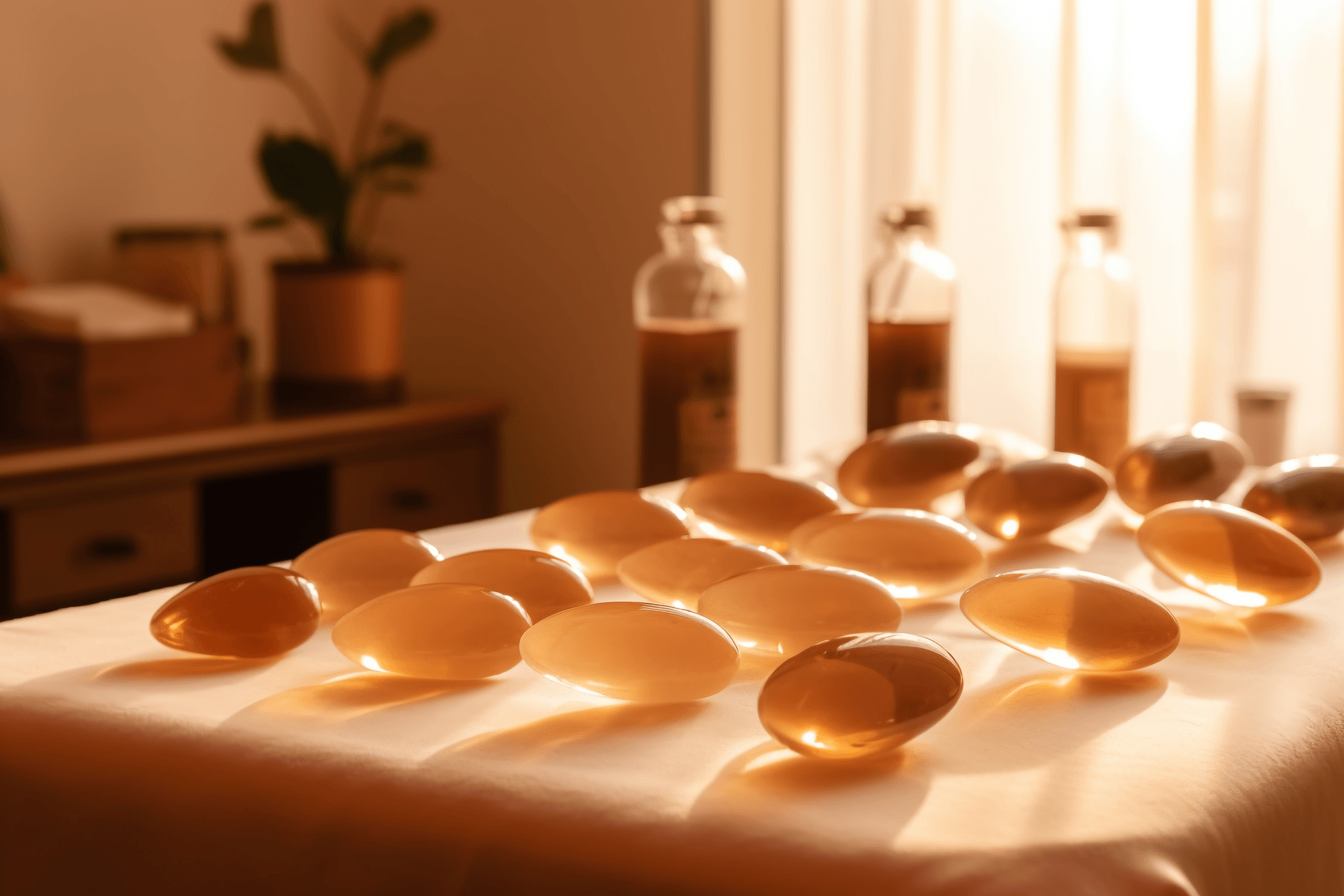The effect of gua sha therapy on the body can be broadly classified into two categories: preventive health care and treatment.
1. Preventive Health Care
Gua sha therapy has two types of preventive health care effects: general health maintenance and disease prevention. Gua sha therapy targets the skin, which is the most superficial part of the body exposed to the external environment. The skin directly interacts with the outside world and plays a role in adapting to and defending against changes in external climate. The skin relies on the function of the body's internal protective qi to perform these functions. The protective qi originates from the upper burner and is propelled by the lung qi, circulating first in the skin. When the protective qi is in balance, the skin remains smooth and the pores are tight (Ling Shu: Ben Zang). Regular gua sha therapy, such as targeting the back shu points or the Zu San Li points on the feet, can enhance the protective qi. With a strong protective qi, the body is better able to defend against external pathogens, leading to overall well-being. If an external pathogen invades the body and causes symptoms such as chills, fever, nasal congestion, and runny nose, timely gua sha therapy targeting the lung shu and zhong fu points can remove the pathogen from the surface, preventing it from spreading to the internal organs and causing serious illness.
2. Treatment
Gua sha therapy has therapeutic effects in the following aspects:
(a) Promoting Blood Circulation and Removing Blood Stasis
Gua sha therapy can regulate the contraction and relaxation of muscles, adjust the pressure between tissues, and promote blood circulation in the treated area. By increasing tissue perfusion, gua sha therapy can promote blood circulation and remove stasis, thus facilitating the regeneration of new blood.
(b) Balancing Yin and Yang
Gua sha therapy has a significant effect on balancing the functions of internal organs. For example, in cases of excessive intestinal peristalsis, applying gua sha therapy to the abdomen and back can help inhibit excessive peristalsis and restore normal function. Conversely, for patients with reduced intestinal peristalsis, gua sha therapy can promote peristalsis and restore normal function. This indicates that gua sha therapy can improve and adjust the function of internal organs, achieving a balance between yin and yang.
(c) Relaxing Muscles and Promoting Meridian Flow
Soft tissues such as muscle attachments, fascia, ligaments, and joint capsules can become damaged and cause pain signals. These signals put the tissues in an alert state through neural reflexes, resulting in muscle contraction, tension, and even spasms. The purpose of this alert state is to reduce limb activity and alleviate pain, which is a natural protective response of the body. If not treated timely or thoroughly, the damaged tissues can form adhesions, fibrosis, or scar tissue, leading to ongoing harmful impulses, exacerbating pain, tenderness, and muscle contraction. This can also lead to the formation of secondary pain foci in the surrounding tissues, causing further metabolic disorders and worsening pathological changes associated with pain and obstruction.
Clinical experience has shown that muscle tension is often accompanied by pain, and vice versa. They often have a cause-and-effect relationship. In gua sha therapy, we have observed that eliminating the pain focus also eliminates muscle tension. Relaxing the tense muscles can significantly reduce or eliminate pain and compression symptoms, and it is also beneficial for the regeneration of the affected area.
Gua sha is an effective method for relieving pain, muscle tension, and spasms. The main mechanisms include:
1. Enhancing local circulation and increasing local tissue temperature;
2. Directly stimulating specific areas of the body using gua sha tools and various techniques, which can raise the pain threshold in local tissues;
3. The relationship between tense or spasmodic muscles and the twelve skin regions: "To understand the skin regions, one must follow the meridians. All meridians are connected to the skin." The division of the twelve skin regions is based on the distribution of the twelve meridians. Each meridian has its own branches, which flow superficially on the body and have their own distribution areas. Because there are twelve meridians, the skin regions are also divided into twelve, with the hands and feet having six skin regions respectively.
The branches of the meridians are known as collateral vessels, and the skin regions can be considered as subdivisions of these collateral vessels. Therefore, the Huangdi Neijing (Yellow Emperor's Inner Canon) states: "The twelve meridians and collateral vessels are part of the skin." The relationship between the meridians and collateral vessels in the skin regions is of great significance for diagnosing and treating diseases. The Huangdi Neijing also states: "The skin is the part of the vessels. If pathogenic factors invade the skin, the pores will open. When the pores open, the pathogenic factors will invade the collateral vessels. When the collateral vessels are full, the pathogenic factors will enter the meridians. When the meridians are full, the pathogenic factors will affect the organs." This suggests that by using gua sha therapy to relax the muscles affected by pathogenic factors, the tension and spasm can be relieved, thus eliminating pain.
(d) Information Adjustment
Each organ in the human body has its specific biological information (such as inherent frequency and bioelectricity). When an organ becomes diseased, the related biological information changes, and the changes in organ biological information can affect the overall system and even the body's functional balance.
By stimulating specific areas of the body surface through various forms of stimulation or energy transmission, certain biological information is generated. This information is transmitted to the relevant organs through the information transmission system, adjusting the abnormal biological information and thus restoring the balance of organ function.
| 1 2 > >> >>|








